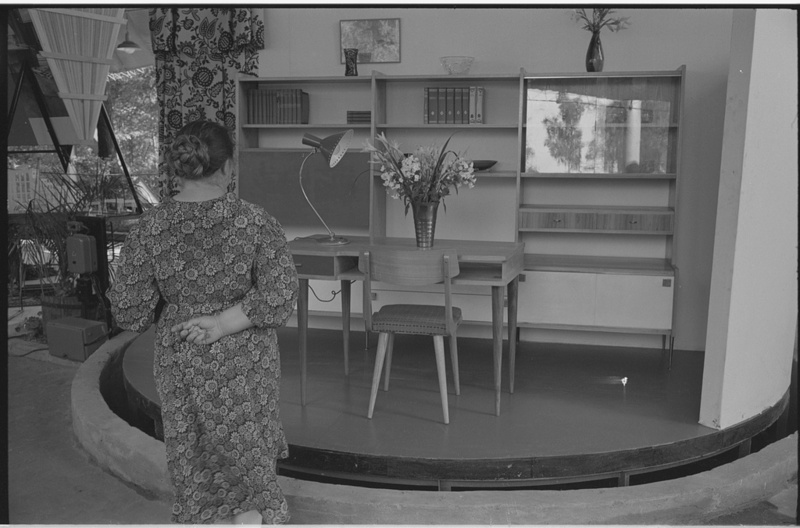The Influence of Design in the Cold War
With the battle between democracy and socialism increasing, the United States needed to use every avenue to ensure that the propaganda against the socialist regime continued to infiltrate everyday life. Mid century modern furniture was but another of those tools. With the increase of choice and stylist, modern design, the country intertwined this choice with the idea of freedom. An editorial by Elizabeth Gordon in 1953 spelled out the options that Americans had going forward:
“Two ways of life stretch before us. One leads to the richness of variety, to comfort and beauty. The other, the one we want to fully expose to you, retreats to poverty and unlivability. Worst of all, it contains the threat of cultural dictatorship (Castillo 2010).”
Tensions between the USSR and the United States were steadily climbing as a result of the Cold War, and U.S. ambassador Llewellyn Thompson wanted to take advantage of those growing tensions as well as the platform afforded by travelling exhibitions to show the Soviet people what they were missing. He wanted to make the Soviet people realize, “that the slight improvements projected in their standard of living are only a drop in the bucket compared to what they could have and should have (Castillo, 2010).”
